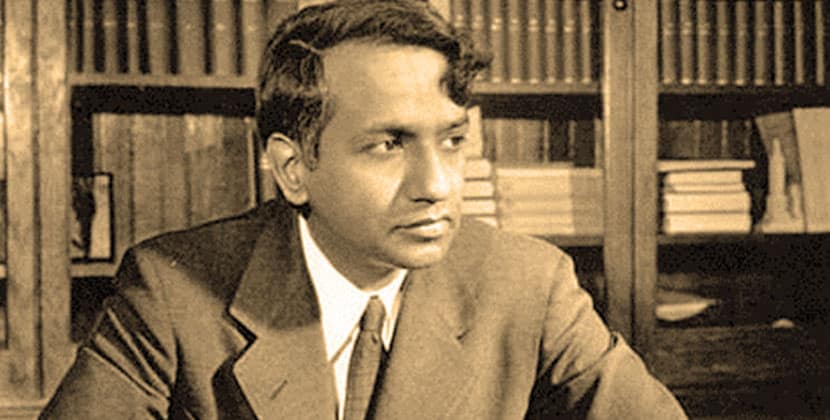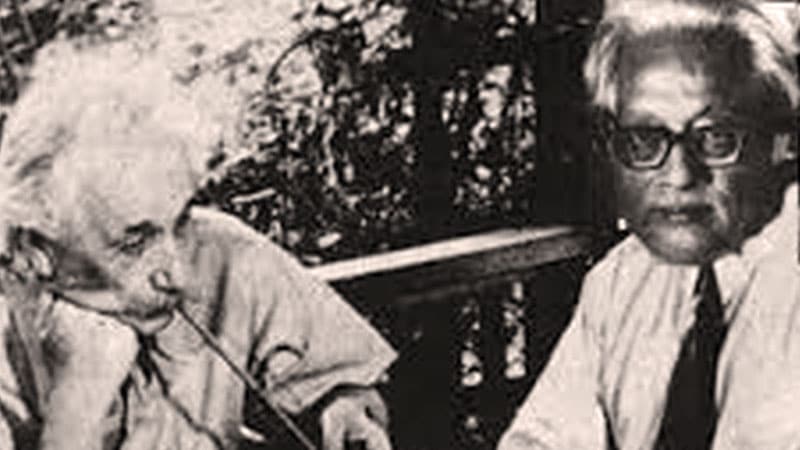Where would we be without science? Probably still jumping from one tree to another or living in caves.
Since the dawn of human civilization, human intellect has given rise to several methods and reasons behind the natural and artificial phenomenon that has made the world what it is today. India, too, has one of the most ancient civilizations, and with that comes tones of ancient knowledge. But with colonization, the credibility came only through the western standards that kept Indians in the dark for a few years. Yet the fertile brains of the soil rose and adapted to the advancements and new methods, engraving their names forever in history.
Sadly we know only the ones highlighted by the media, yet many unsung heroes transformed our knowledge. Here are eight lesser-known Indian scientists who made vital contributions to the world of science that was recognized globally.
S Chandrashekar

Subrahmanyan Chandrashekar was awarded the 1983 Nobel Prize for Physics for his mathematical theory of black holes. He was the nephew of CV Raman and the Chandrasekhar limit is named after him. His notable works include the radiation of energy from stars, particularly white dwarf stars, which are the dying fragments of stars.
The scientist took his last breath on August 21, 1995, at the age of 82 in Chicago.
Satyendra Nath Bose
Born on January 1, 1894, in Calcutta, Bose was an Indian physicist who specialized in quantum mechanics. He is remembered for the role he played in the class of particles ‘bosons‘, which were named after him by Paul Dirac to commemorate his work in the field.

The veteran scientist adapted a lecture at the University of Dhaka on the theory of radiation and the ultraviolet catastrophe into a short article called “Planck’s Law and the Hypothesis of Light Quanta” and sent it to Albert Einstein. Einstein agreed with him, translated Bose’s paper “Planck’s Law and Hypothesis of Light Quanta” into German, and had it published in Zeitschrift für Physik under Bose’s name, in the year 1924. This led to the basis of the Bose-Einstein Statistics.
Rabindranath Tagore dedicated his only book on science, Visva–Parichay, to Satyendra Nath Bose. He was awarded the Padma Vibhushan in 1954.
Srinivasa Ramanujan
Ramanujan was an Indian mathematician and autodidact who, with almost no formal training in pure mathematics, made extraordinary contributions to mathematical analysis, number theory, infinite series, and continued fractions.
It is said that by age 11, Ramanujan had exhausted the mathematical knowledge of two college students who were lodgers at his home. He was later lent a book on advanced trigonometry written by S. L. Loney which he mastered by the age of 13 and discovered sophisticated theories.
Ramanujan’s home state – Tamil Nadu celebrates 22 December (Ramanujan’s birthday) as ‘State IT Day’, memorializing both the man and his achievements.
Visvesvaraya
Sir Mokshagundam Visvesvaraya took birth on 15 September 1860 which marks Engineer’s Day i.e. celebrated every year in India. He was a notable Indian engineer, scholar, statesman, and the Diwan of Mysore from 1912 to 1918 who received the Bharat Ratna.
Sir Visvesvaraya has the credit of inventing ‘automatic sluice gates’ and ‘block irrigation system’ which are still considered to be marvels in engineering. He came up with an efficient way of filtering water through ‘Collector Wells’ in 1895 which was rarely seen anywhere in the world. He suggested that India try to be at par with industrialized nations as he believed that India can become developed through industries.
Venkatraman Radhakrishnan
Venkatraman Radhakrishnan was born on May 18, 1929, in Chennai. He was a globally renowned space scientist and a member of the Royal Swedish Academy of Sciences. He was also an internationally acclaimed Astrophysicist and known for his design and fabrication of ultralight aircraft and sailboats.
Radhakrishnan’s findings helped in decoding pulsars, interstellar clouds, galaxy structures, and various other celestial bodies.
Also, read: 17 Women Freedom Fighters Of India Who Epitomized Fearlessness
Meghnad Saha
Meghnad Saha’s best-known work concerned the thermal ionization of elements, and it led him to formulate what is known as the Saha Equation. This equation is one of the basic tools for the interpretation of the spectra of stars in the study of astrophysics. Saha also invented an instrument to measure the weight and pressure of solar rays.
Salim Ali
Sálim Moizuddin Abdul Ali, born in 1896 in Mumbai, was an ornithologist and a naturalist. Salim Ali was among the first Indians to conduct systematic bird surveys across India and his bird books helped develop ornithology in the Indian sub-continent.
Fondly called the Birdman of India, he was the key figure behind the Bombay Natural History Society after 1947 and used his personal influence to garner government support for the organization.
He received the Padma Vibhushan in 1976.
Birbal Sahni
Sahni was an Indian paleobotanist who studied the fossils of the Indian subcontinent. He was additionally a geologist who took an interest in archaeology.
Birbal Sahni’s greatest contributions lie in the study of the plants of India in the present as well as the past.
In 1936, he was elected a Fellow of the Royal Society of London (FRS) which is the highest British scientific honor, awarded for the first time to an Indian botanist.
Sahni was a founder of The Paleobotanical Society which established the Institute of Palaeobotany on 10 September 1946 and which initially functioned in the Botany Department of Lucknow University.

